
surfresearch.com.au
references
: books y
| home | catalogue | history | references | appendix |
 |
surfresearch.com.au
references
: books y
|
| a |
|
|
|
|
|
|
|
|
|
|
|
|
|
|
|
|
|
|
|
|
|
|
|
|
|
| 1914 Yates, Katherine M.: A Diary of One Month in Hawaii The Hawaii Promotion Committee circa 1910- 64 pages (but every other page is blank to record your own impressions). The Hawaii Promotion Committee 1914. Hawaii Tourist Bureau, Honolulu, 1919- 32 pages. Review Better known a writer of children's books, the author writes of a magnificent time, even a month is not long enough to enjoy all the attractions, and husband Jack really takes to surfing. See: Tellers of Weird Tales https://tellersofweirdtales.blogspot.com/2013/12/katherine-yates.html |
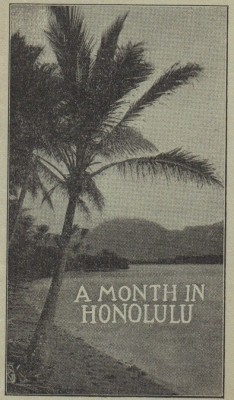 |
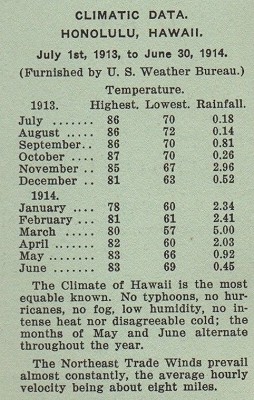 |
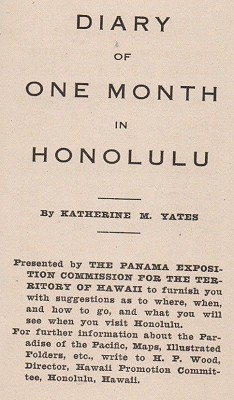 |
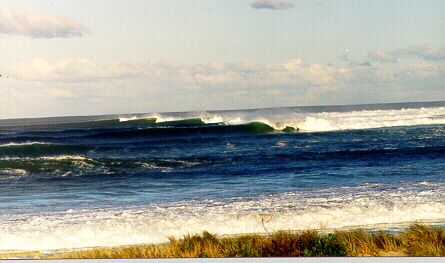 |
Chapter 8: '...flat and uninteresting beach breaks'. 150°45' E 34°52' S Photograph by John McInnes, 1992. |
| 1993 Young, Nat : Surfing Fundamentals Palm Beach Press, 40 Ocean Road, Palm Beach NSW 2108 1993 Soft cover, 128 pages, 13 colour plates, 120 b/w photographs or sequences, 6 b/w illustrations, glossary. ReviewSame as first printing but with different cover (Beau Young), added image (Ms Young) and image on page 5 has been flopped.Quality instruction book with well-written text and a wide range of photographs. Text of “History through Design” (pages 97 – 103) is reprinted from “Nat Young’s Book of Surfing” 1979 with a vastly improved selection of accompanying photographs. Dimensions are metric (?!). Revised?, second edition of Surfing Fundamentals, 1985. |
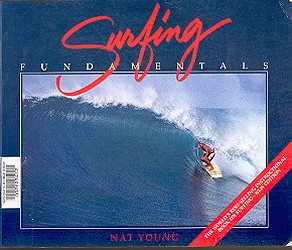 |
| 2000 : Young, Nat Surf Rage Nymboiba Press, 8 Bay Street, Angourie, NSW 2462, Australia. 2000 Soft cover, 218 pages, 9 colour photographs and one blackand white illustration (frontpiece). Review Contributions by a range of writers comprising historical incidents, personal anecdotes and psychological analysis. Not limited to acts of violence, but the more general theme of Surf Territory. Comments Although subtitled A Surfers Guide to Turning Negatives Into Positives, overall this is a depressing book. A few possible areas for consideration... 1. Most of the literature is written by the top 10% of the surfing population (in terms of ability) - for the bottom 50% of surfers in an average beach break, the feat of just catching a wave is a major achievement. 2. Surfing is, at best, 50% wave riding - the other 50% is the Hunt - location, conditions, equipment, transport, ability and most importantly Time. Good waves are precious because of their rarity. Apart from ability and weather, all the other factors have a economic value. 3. In most surfing countries the sport is, in Western terms, essentially middle, in some cases upper class. This is the case in New Zealand, South Africa, Peru, Brazil, France, the West and East Coasts, USA. In Hawaii the situation is chaotic- a lower class with traditional cultural roots,a immigrant ethnically diverse middle class, a immigrant elite and a host of tourists. Australia, uniquely, had a mostly working class base. In world economic terms, surfers are an economic elite. 4.The dichotomy beteween a strongly male dominated sport and rampant homophobia. Note the use of terms like "faggot" and "poohta" as the most violent forms of verbal abuse. The only attempt at dicussion of this issue being an article by Fred van Dyke for Life magazine, circa 1963 - refered to in his introduction to Sick Surfers, 1993. Particually note the case of Robert ''Dolly'' Dunn, involving pedophilia, drugs and young surfers on Sydney's Northern beaches - although extensively covered by the mainsteam media, the Australian surfing press completely ignored the issue. 5.The promotion of surfing as the search for the perfect wave (formally established by Bruce Brown in 1964, carried to a marketing extreme by Rip Curl), see Nick Carroll pages 54 to 73, and as enviromentally aware. Even diregarding that the majority of surfing equipment (surfboards, wetsuits, legropes, even wax) is based on highly processed petrochemicals, how many litres of petrol have been burnt on surftrips and noboby got wet? If you are a local, why do you need a car to get to the beach? |
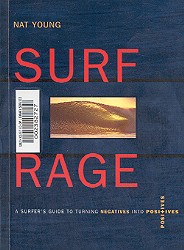 |
| 2008 Young, Nat with McGregor, Craig and Holmes, Rod: Church of the Open Sky Forward by William Finnegan Michael Joseph- Penguin Random House, Australia, 2019. Hard cover, 233 pages, black and white and colour photographs, Acknowledgements. Review Expansive and |
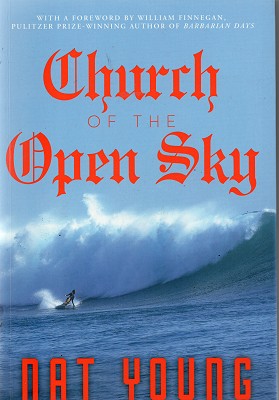 |
| a |
|
|
|
|
|
|
|
|
|
|
|
|
|
|
|
|
|
|
|
|
|
|
|
|
|
| home | catalogue | history | references | appendix |
